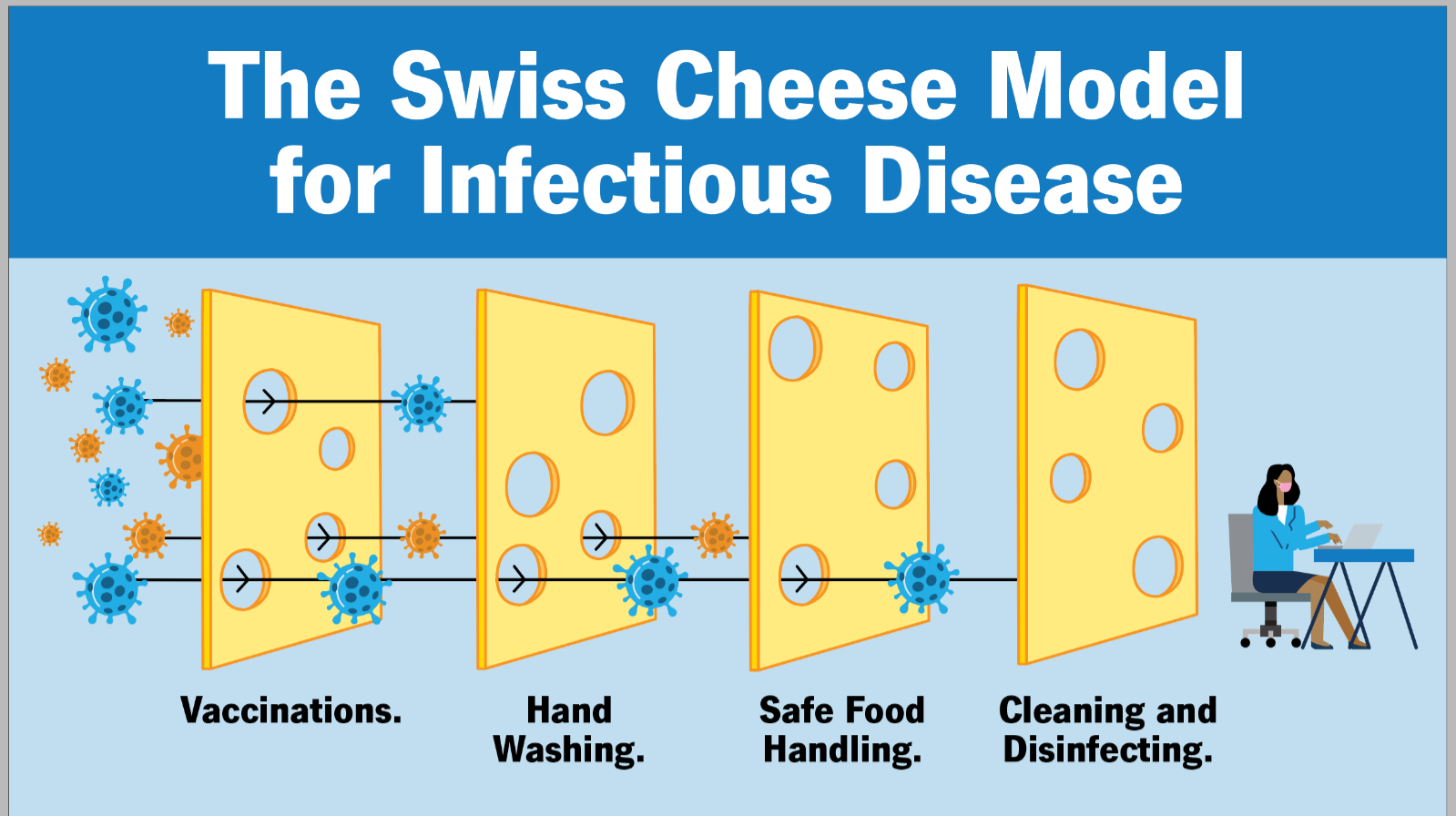A client is brought to the Emergency Department as one of the first victims of a train accident. The client reports light-headedness, a weak pulse, and uncontrolled bleeding. Which priority tag should a triage nurse use to categorize this client?
Black tag
Red tag
Green tag
Yellow tag
The Correct Answer is B
Choice A reason: A black tag is not the appropriate priority tag for this client, as it indicates that the client is dead or has injuries that are incompatible with life. A black tag is used for clients who have no signs of life, such as pulse, respiration, or pupillary response, or who have severe injuries that cannot be treated with the available resources, such as massive head trauma, decapitation, or incineration. A black tag means that no further care or intervention is provided to the client.
Choice B reason: A red tag is the appropriate priority tag for this client, as it indicates that the client has life-threatening injuries that require immediate attention and treatment. A red tag is used for clients who have compromised airway, breathing, or circulation, such as respiratory distress, shock, severe bleeding, chest pain, or head injury. A red tag means that the client is given the highest priority and is treated as soon as possible.
Choice C reason: A green tag is not the appropriate priority tag for this client, as it indicates that the client has minor injuries that do not require urgent care or intervention. A green tag is used for clients who have stable vital signs and can walk or move without assistance, such as abrasions, sprains, fractures, or minor burns. A green tag means that the client is given the lowest priority and is treated after all other clients.
Choice D reason: A yellow tag is not the appropriate priority tag for this client, as it indicates that the client has serious injuries that require observation and treatment within a short time frame. A yellow tag is used for clients who have potential complications or deterioration of their condition, such as abdominal pain, pelvic injury, open wounds, or spinal injury. A yellow tag means that the client is given the second highest priority and is treated within 30 to 60 minutes.
Nursing Test Bank
Naxlex Comprehensive Predictor Exams
Related Questions
Correct Answer is B
Explanation
Choice A reason: Advances in surgical techniques and procedures have improved the outcomes of many patients, but they are not the main factor for the increase in life expectancy. Surgical interventions are often costly, risky, and inaccessible to many people, especially in developing countries.
Choice B reason: Sanitation and other public health activities have had a significant impact on reducing mortality from infectious diseases, such as cholera, typhoid, and tuberculosis. These activities include providing safe water, improving hygiene, promoting vaccination, and controlling vector-borne diseases. Sanitation and public health measures are relatively low-cost, effective, and preventive strategies that can benefit large populations.
Choice C reason: Technology increases in the field of medical laboratory research have contributed to the diagnosis and treatment of many diseases, such as cancer, diabetes, and genetic disorders. However, these technologies are often expensive, complex, and dependent on specialized equipment and personnel. Therefore, they are not the main reason for the increase in life expectancy.
Choice D reason: The use of antibiotics to fight infections has been a major breakthrough in medicine, saving millions of lives from bacterial infections. However, antibiotics have also led to the emergence of antibiotic-resistant bacteria, which pose a serious threat to public health. Moreover, antibiotics are not effective against viral infections, such as influenza, HIV, and COVID-19. Therefore, antibiotics are not the most responsible factor for the increase in life expectancy.

Correct Answer is C
Explanation
Choice A reason: "Diet and exercise is good for you and good for your heart." This statement is true, but it is not the appropriate nursing response. It does not address the client's concerns or provide any specific information about cardiac rehabilitation. It may also sound dismissive or patronizing to the client.
Choice B reason: "It's not unusual to feel that way at first, but once you learn the routine, you'll enjoy it." This statement is empathetic, but it is not the appropriate nursing response. It does not explain the purpose or benefits of cardiac rehabilitation. It may also sound unrealistic or optimistic to the client.
Choice C reason: "Cardiac rehabilitation cannot undo the damage to your heart, but it can help you get back to your previous level of activity safely." This statement is the appropriate nursing response. It acknowledges the client's condition and provides factual information about cardiac rehabilitation. It also emphasizes the positive outcomes of cardiac rehabilitation, such as improving physical function, reducing symptoms, and preventing further complications.
Choice D reason: "Your doctor is the expert here, and I'm sure he would only recommend what is best for you." This statement is respectful, but it is not the appropriate nursing response. It does not answer the client's question or provide any education about cardiac rehabilitation. It may also sound evasive or deferential to the client.
Whether you are a student looking to ace your exams or a practicing nurse seeking to enhance your expertise , our nursing education contents will empower you with the confidence and competence to make a difference in the lives of patients and become a respected leader in the healthcare field.
Visit Naxlex, invest in your future and unlock endless possibilities with our unparalleled nursing education contents today
Report Wrong Answer on the Current Question
Do you disagree with the answer? If yes, what is your expected answer? Explain.
Kindly be descriptive with the issue you are facing.
